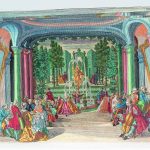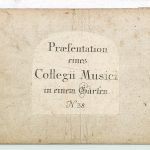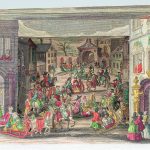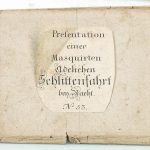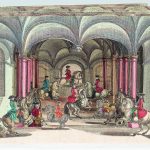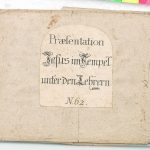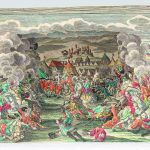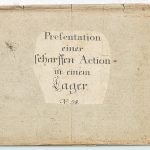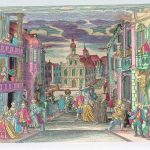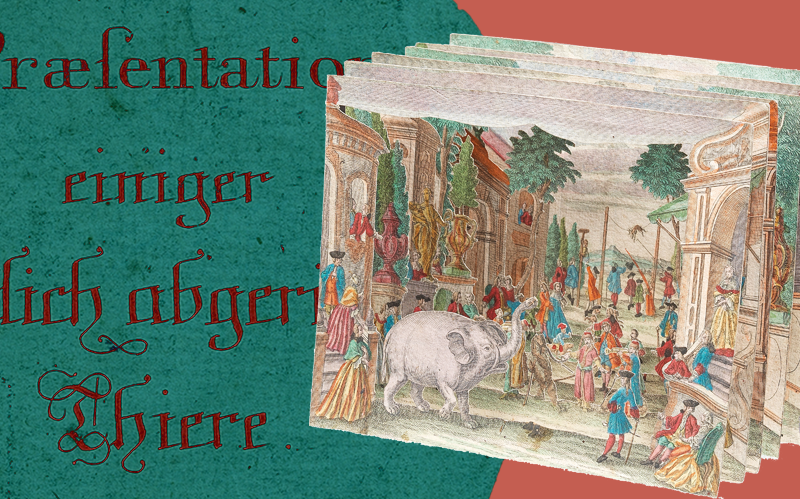
3D Miniature Theatre
A remarkable collection of charming small 18th century theatrical dioramas presenting scenes from daily life and sacred motifs is to be sold at Dorotheum this autumn.
Miniature theatres or dioramas were all the rage in the mid-18th century amongst wealthy Europeans on the lookout for amusing and extravagant, yet educational decorative objects for their homes and residences.
These paperboard theatre sets consisted of six to eight hand-coloured copperplate prints which are mounted in a special showcase, or peep box. An opening in the rectangular wooden box revealed the different scenes in three-dimensions, creating the illusion of space.
The idea of putting miniature pictures in consecutive order has its origins in Baroque theatre sets. There are 67 known standard set motifs known to date, and they were all produced by a single European publishing house, Martin Engelbrecht in Augsburg. Their themes include scenes from the Old and New Testaments as well as secular subjects ranging from opera to garden parties, city views, hunting, animal shows, and depictions of a catastrophe of unprecedented magnitude at that time: the disastrous earthquake that shook Lisbon on 1 November 1755.
A collection of these Baroque “3-D cinemas” is to be sold at the October auction of Master Drawings, Prints before 1900, Watercolours, and Miniatures at Dorotheum.

